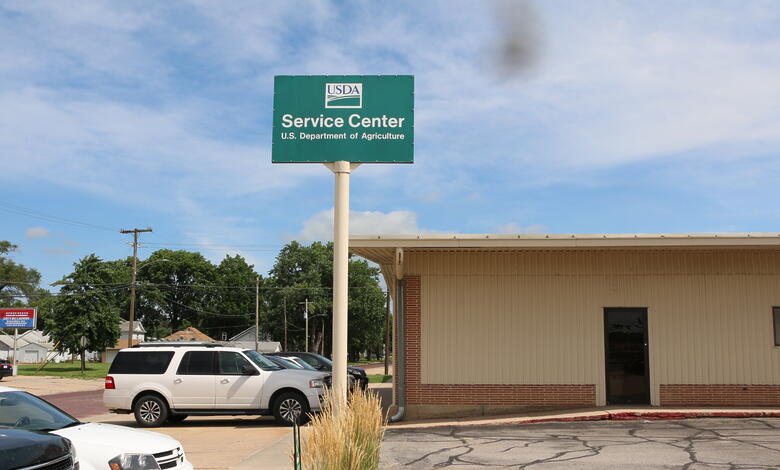Local News
USDA Farm Service Agency OffersDisaster Assistance to Farmers, Livestock Producers Impacted by Drought


The Jefferson County USDA Farm Service Agency (FSA) office is highlighting available assistance programs to help farmers and livestock producers address the ongoing drought. Producers being impacted should contact the county FSA office to report losses and learn more about program options available to assist them.“A number of programs have triggered due to the ongoing …
Please login to view this content.